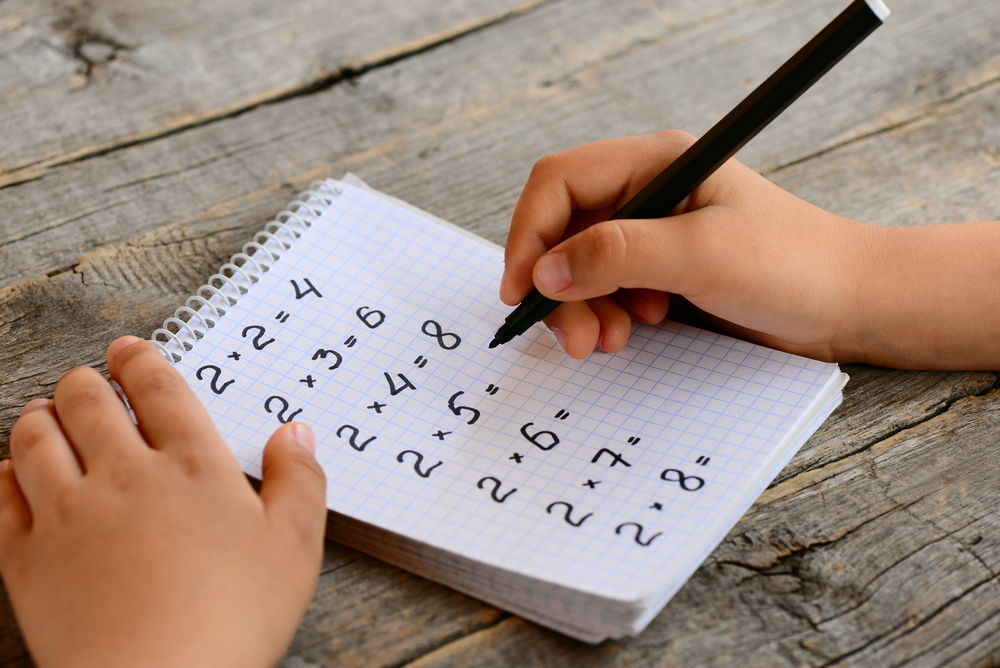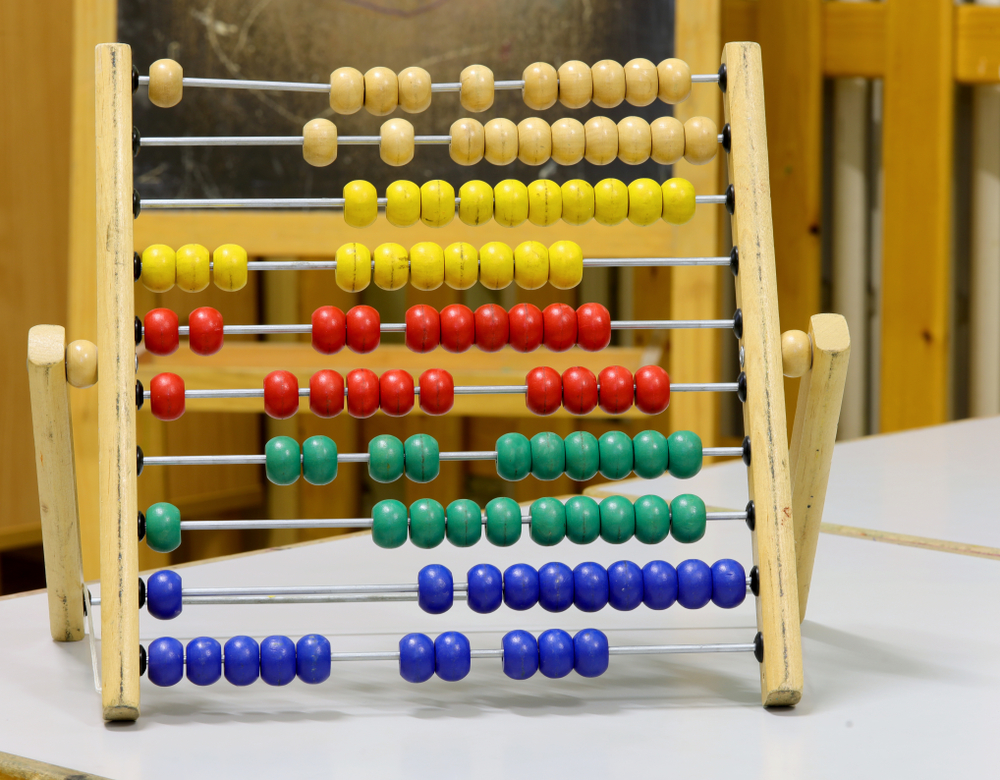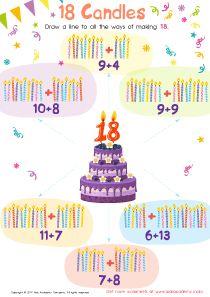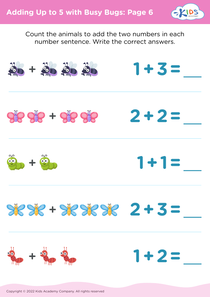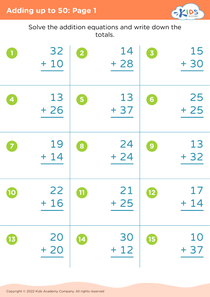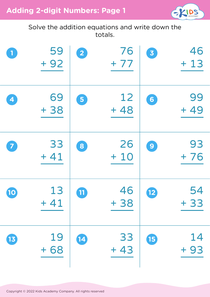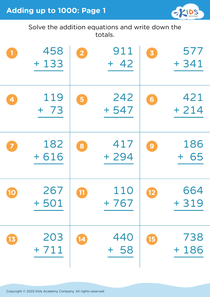Shape identification Adding up to 100 Worksheets for Ages 3-8
3 filtered results
-
From - To
Introducing our Shape Identification Adding up to 100 Worksheets for Ages 3-8, a fun and educational resource that merges fundamental math skills with shape recognition. Perfectly crafted for young learners, these worksheets help children practice basic addition up to 100 while identifying and differentiating between various shapes. The engaging activities ensure that learning remains enjoyable, fostering both mathematical and visual-spatial skills. Ideal for classroom use or homeschooling, our worksheets are designed to build young students’ confidence, making math exciting and accessible. Help your child excel in early math and shape literacy with our expertly created worksheets.
Shape identification and adding up to 100 are foundational skills that parents and teachers should prioritize for children aged 3-8. These early math concepts build critical thinking and problem-solving abilities, which form the basis for more advanced mathematical tasks later on.
Shape identification aids in developing spatial awareness, an essential skill for understanding geometry, science, and even art. Recognizing and naming shapes improves children's visual perception and fine motor skills, crucial for reading and writing. For instance, differentiating between a square and a rectangle can help kids recognize the structure and pattern in printed letters and words.
Mastering addition up to 100 lays a solid arithmetic foundation. At this age, children are concrete thinkers, and practicing addition improves their numeric fluency, enabling them to solve everyday problems involving money, time, and measurements. When children develop confidence in basic math operations, they are more likely to enjoy learning and face more complex math with resilience.
Both skills cultivate patience, focus, and perseverance. Interactive activities like counting games, shape-sorting toys, and math puzzles not only make learning enjoyable but also reinforce these important concepts. Therefore, emphasizing shape identification and addition up to 100 is crucial for holistic cognitive development in young children.
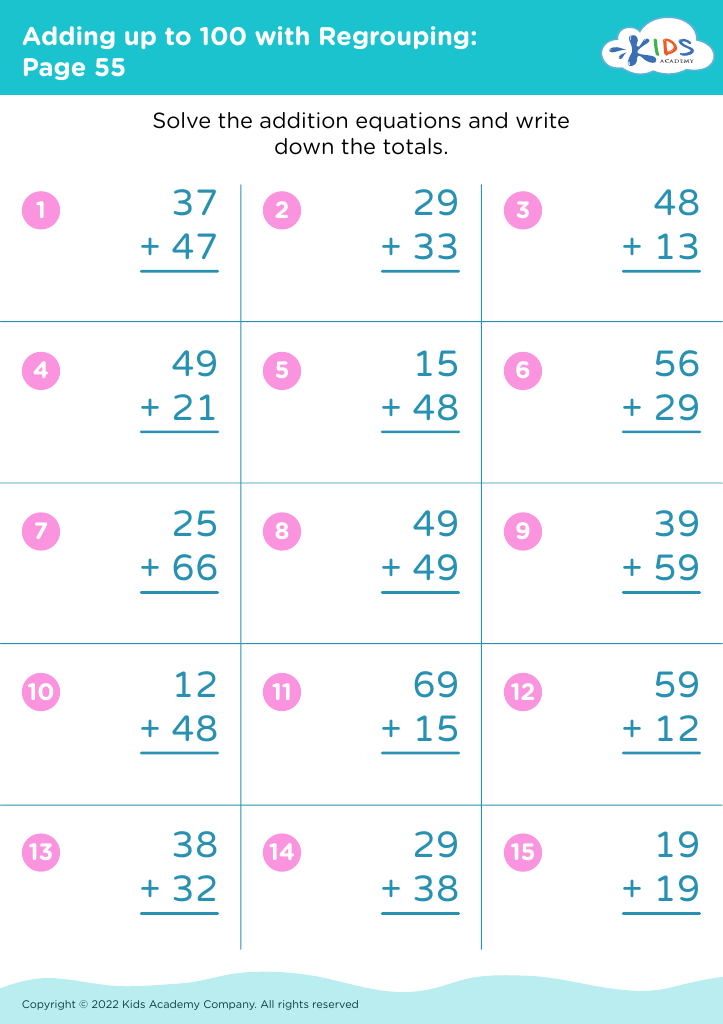

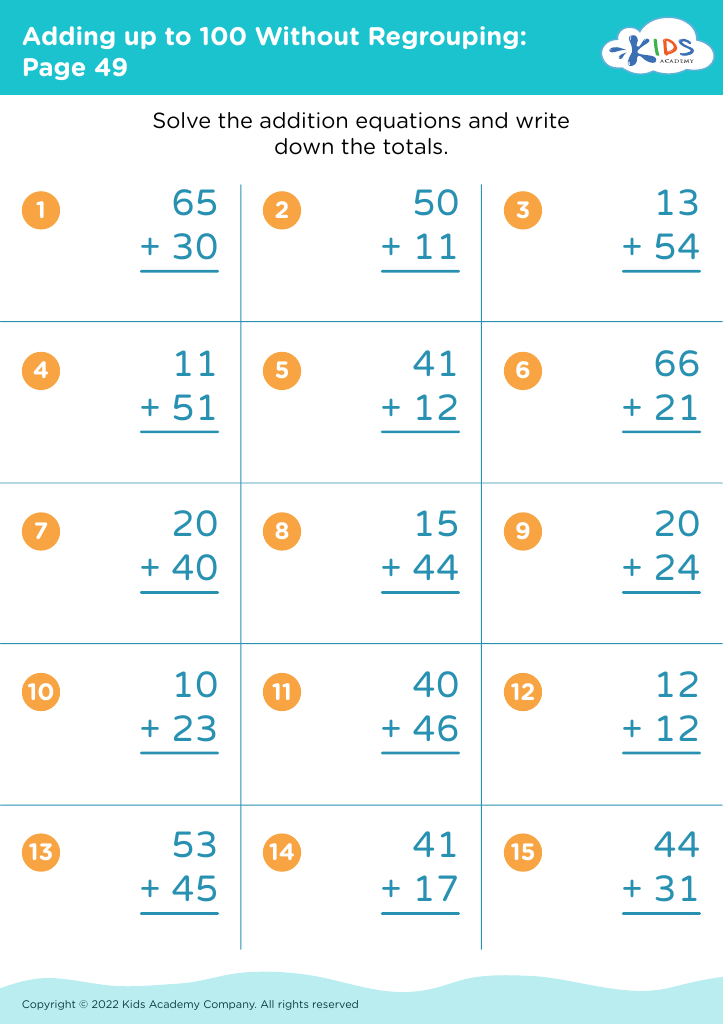





%20(1).jpg)
